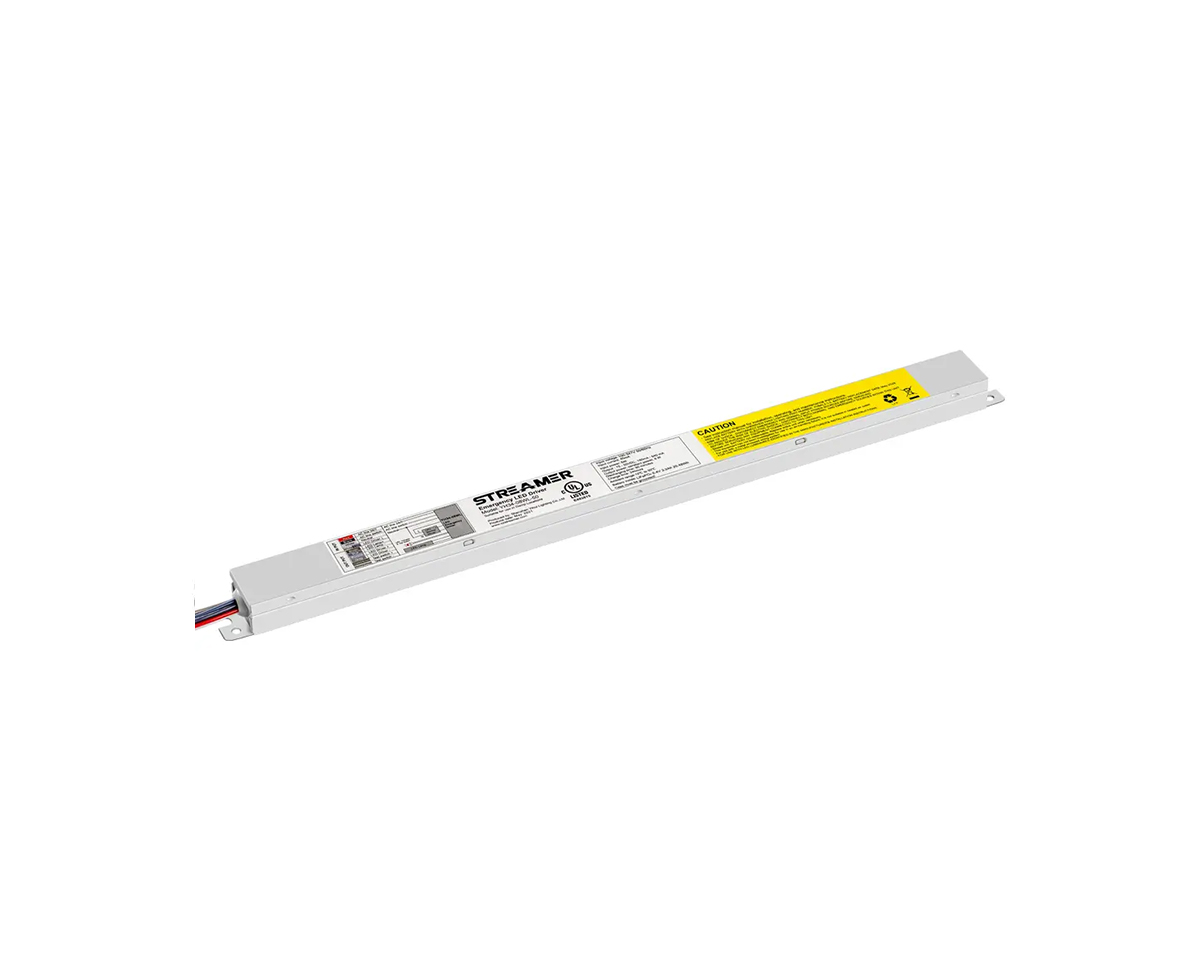 1
1
 May 05, 2025
May 05, 2025

LED emergency converters typically offer multiple operation modes to meet different user requirements and emergency scenarios. Understanding these operation modes is essential for users to effectively utilize the emergency lighting system.
The most basic operation mode is the automatic emergency mode. In normal operation, when the main power supply is available, the LED emergency converter charges its internal battery and monitors the power status. Once a power outage is detected, the converter automatically switches to the emergency mode within a very short time, usually within milliseconds. In this mode, the stored energy in the battery is used to power the LED lights, providing emergency lighting. This automatic switching function ensures that users are immediately provided with lighting in case of unexpected power failures, enhancing safety in various environments, such as homes, offices, and public buildings.
Some LED emergency converters also have a manual test mode. This mode allows users, especially maintenance personnel, to regularly check the functionality of the emergency converter and the LED lights. By activating the manual test mode, the converter simulates a power outage condition, and the LED lights are illuminated using the battery power. During this test, users can observe the brightness, duration, and overall performance of the emergency lighting system. This helps to identify any potential issues, such as a malfunctioning battery, a defective LED light, or a problem with the converter's switching mechanism, in a timely manner, ensuring that the emergency lighting system is always in good working order.
In addition, there are dimming operation modes available in more advanced LED emergency converters. These modes allow users to adjust the brightness of the LED lights during emergency situations. For example, in a low - traffic area or during a less critical emergency, users can reduce the brightness of the emergency lights to conserve battery power and extend the emergency lighting duration. Conversely, in a high - traffic or critical area, the brightness can be increased to provide better visibility. Some converters also support automatic dimming based on ambient light sensors. The sensors detect the ambient light level, and the converter adjusts the LED brightness accordingly, ensuring optimal lighting while maximizing battery efficiency.
Another important operation mode is the charging mode. When the main power supply is restored after a power outage, the LED emergency converter enters the charging mode. In this mode, the converter charges the internal battery to its full capacity. Some converters are designed with intelligent charging algorithms that can adjust the charging current and voltage according to the battery's state of charge. This not only ensures fast and efficient charging but also protects the battery from over - charging, over - voltage, and over - heating, extending the battery's lifespan and maintaining the reliability of the emergency converter.